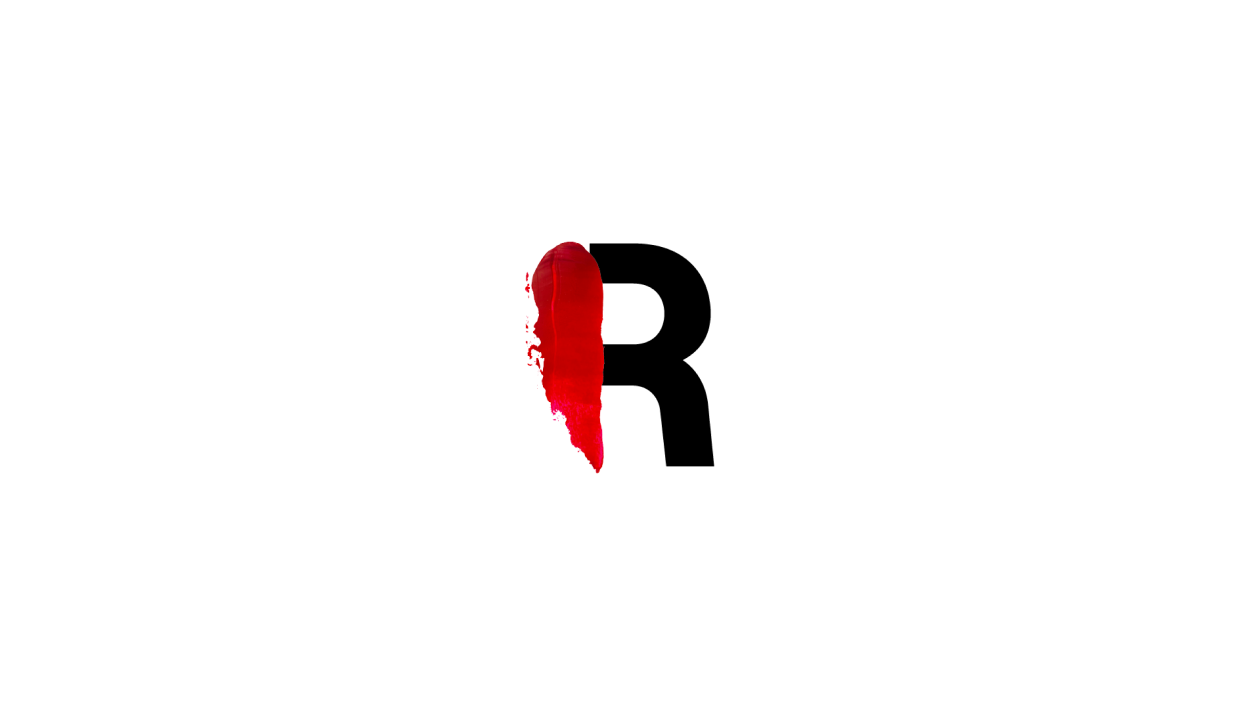
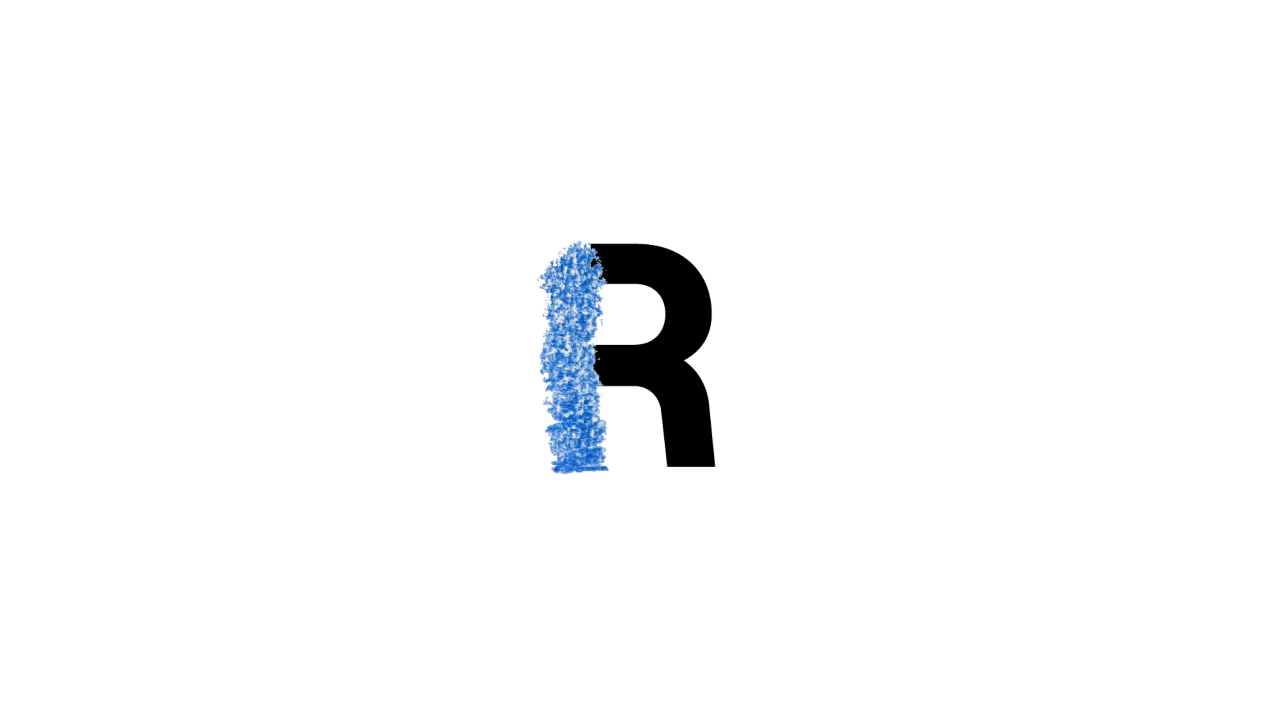
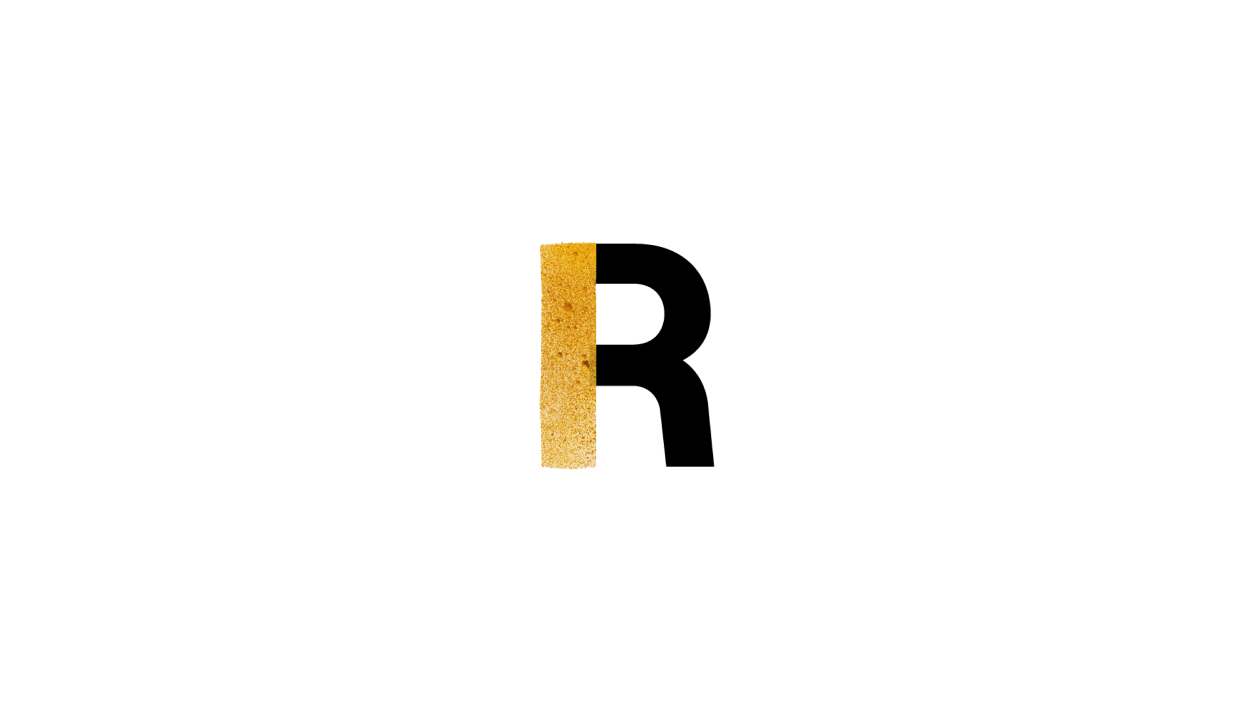
Landscape of freedom
In painting you can try anything! It is the freedom to choose a conventional tool such as the hands, the brush, or to opt for an unusual tool, such as a piece of cardboard, a string, a broom!
In order to pay tribute to Jean Paul, this artist who loved the freedom to think, act and express himself, this creative proposal is an invitation to discover the universe of direct and spontaneous gestures used by the artist and which accompanied him in his quest to create in complete freedom.
Read more
Intentions
Intentions
- Become acquainted with the work of Jean Paul Riopelle through the theme of freedom;
- Develop an ability to appreciate works of art;
- Develop an ability to create;
- Experiment with painting techniques;
- To appropriate the disciplinary vocabulary.
Project summary
Create a painting with an all over composition by painting with spontaneous gestures.

Approximate time
3 hours

Technique
Painting
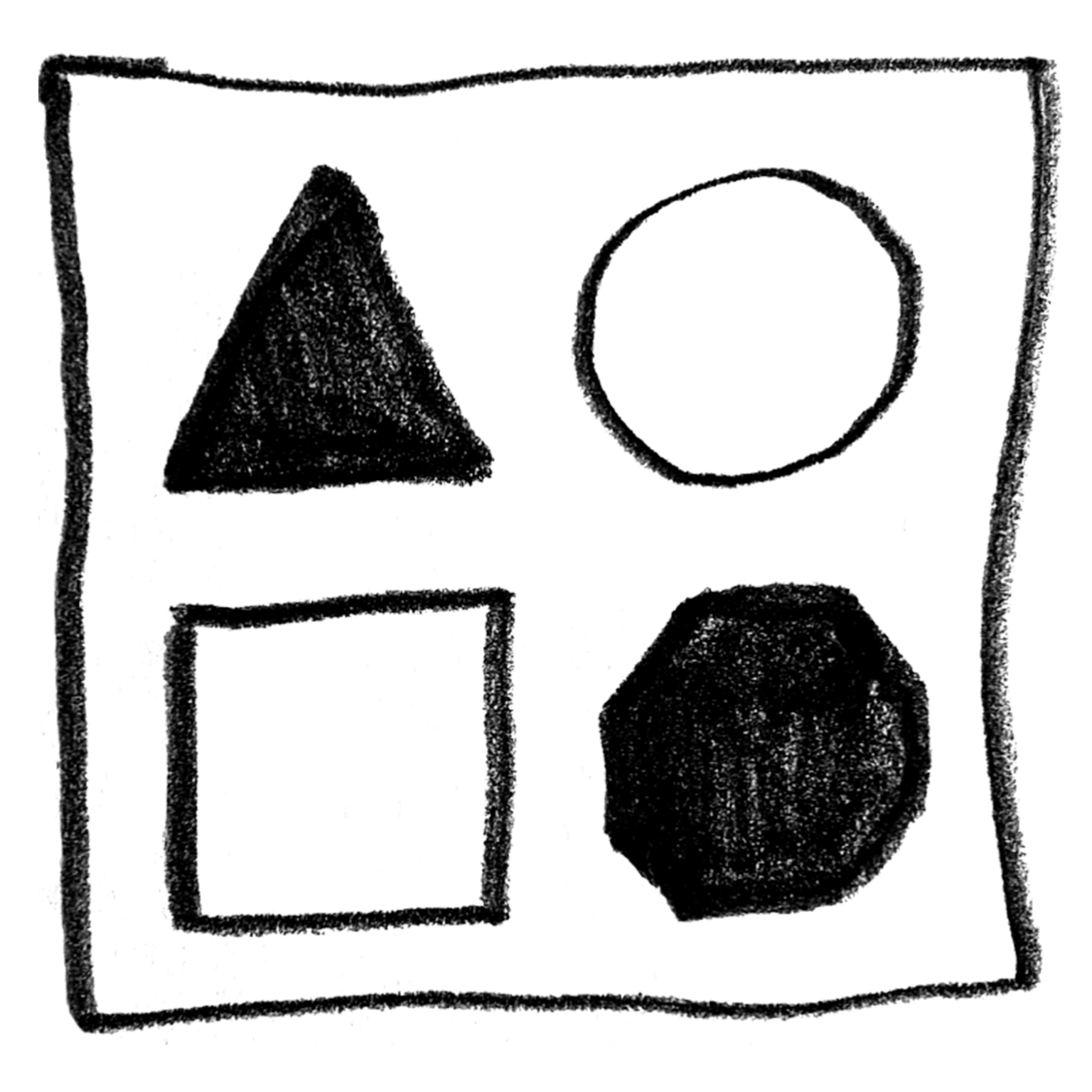
Notions
Value
The different degree (pale or light, medium or dark) or hue of a colour.
Varied Brushstrokes
A painting technique that consists in applying a colour in varying quantities and over areas of differing sizes on a surface that is a different colour.
Flat Brushstroke
A painting movement that consists in applying a coloured pigments uniformly across a painted surface.
Line
A continuous mark, real or projected. Lines are variable and have many characteristics: they can be drawn, painted, engraved, incised or tangible; wide, narrow, short, long, curved or straight.
Wide and narrow lines are defined by their varying width.
Short and long lines are defined by their varying length.
A straight line is defined by the mark's regularity.
A curved line is defined by the mark's curve.
Impasto
The technique of applying a large quantity of coloured pigments to create depth. It creates thick layers that combine to produce a textured relief that stands out from the surface.
Tapping (or Tap)
A painting technique that consists in lightly and repeatedly hitting a surface with a tool (paintbrush, brush, etc.).
Spreading
Geste en peinture qui consiste à gratter avec un outil (ex.: une spatule) pour étendre la peinture.
All-Over Painting
A style of painting in which the paint is spread in a more or less uniform way across an entire surface, even over its edges.
Material
Context
Every artist develops their own
style
A way of distinguishing oneself from others. A style includes various visual elements that can be associated to a given artist, a group of artists, an artistic movement, a period in history or a specific art school. Style is generally used to categorize pieces or artists.
artistic movement
A group of artists who share ideas, thoughts, styles and challenges, and who explore a similar artistic practice together. A movement can be defined by a location, an ideology, an era, etc.
figuration
A shape that represents something real. It's the opposite of abstraction.
abstraction
A shape that doesn't represent reality. It's the opposite of figuration.
For his part, Jean Paul Riopelle fell under almost all of these categories at one time or another. He hated being put in a box, relegated to a single style or category. He was a jack of all trades, experimenting with sculpture, painting,
figuration
A shape that represents something real. It's the opposite of abstraction.
abstraction
A shape that doesn't represent reality. It's the opposite of figuration.
painting knives
A painting tool that looks like a small flexible trowel used to scrape or apply very thick layers of paint (impasto).
This project is an opportunity to discover different types of gestures used in all-over compositions to completely cover a painted surface. This project gives you the chance to travel between reality and imagination, like a bird in flight.
Note : This project is the brainchild of Dominique Lachance, an art teacher at Ludger-Duvernay Elementary School of the Montreal School Service Centre.
Take it one step further
Optional activities to complete during or after the project
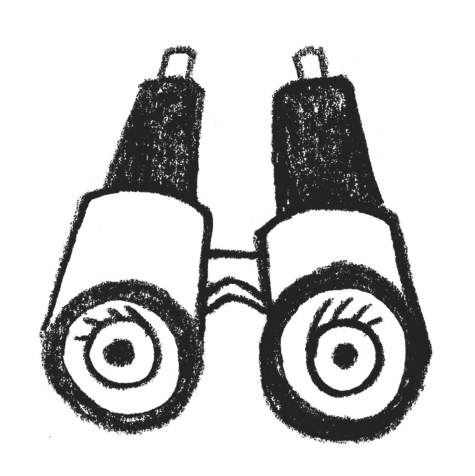
Digital fun
Interdisciplinary ICT ideas;
Create an animated film.
Create an animated film showing how the gesture and painting evolve:
- Use a free online application like FLIPANIM;
- Start with a first coat and a first colour, using a tool of your choice from your selection of tools;
- Record 10 layers showing how the gesture and painting evolve;
- Save the final composition as a film.
Play with storytelling
Interdisciplinary English idea;
Write a legend.
Invent a legend:
- Read some legends;
- Write a first draft of a short legend about the body of water you chose;
- Write a final version of the legend;
- Attach the legend to your landscape physically or digitally.
Have fun with philosophy
A way to introduce philosophy to children;
Use a philosophical question as a starting point for a thought experiment.
- Explain what philosophy is;
- Set the parameters: listen to others, don’t pass judgment, don’t laugh at others, respect different opinions, etc.;
- Introduce the following questions:
- What is abstraction?
- What is the difference between figuration and abstraction?
- Is the line between these two things always clear?
- Why should we use abstraction?
- Invite students to discuss these questions;
- Invite students to express whether they agree or disagree with their classmates;
- Encourage students to explain their ideas: “what do you mean?” or “can you give an example of your idea?”;
- Invite students to create a table that categorizes the actions we can take toward Mother Earth as either Caring or Destructive;
- Share the answers out loud;
- Throughout the exercise, jot down the answers in a mind map.
Variation
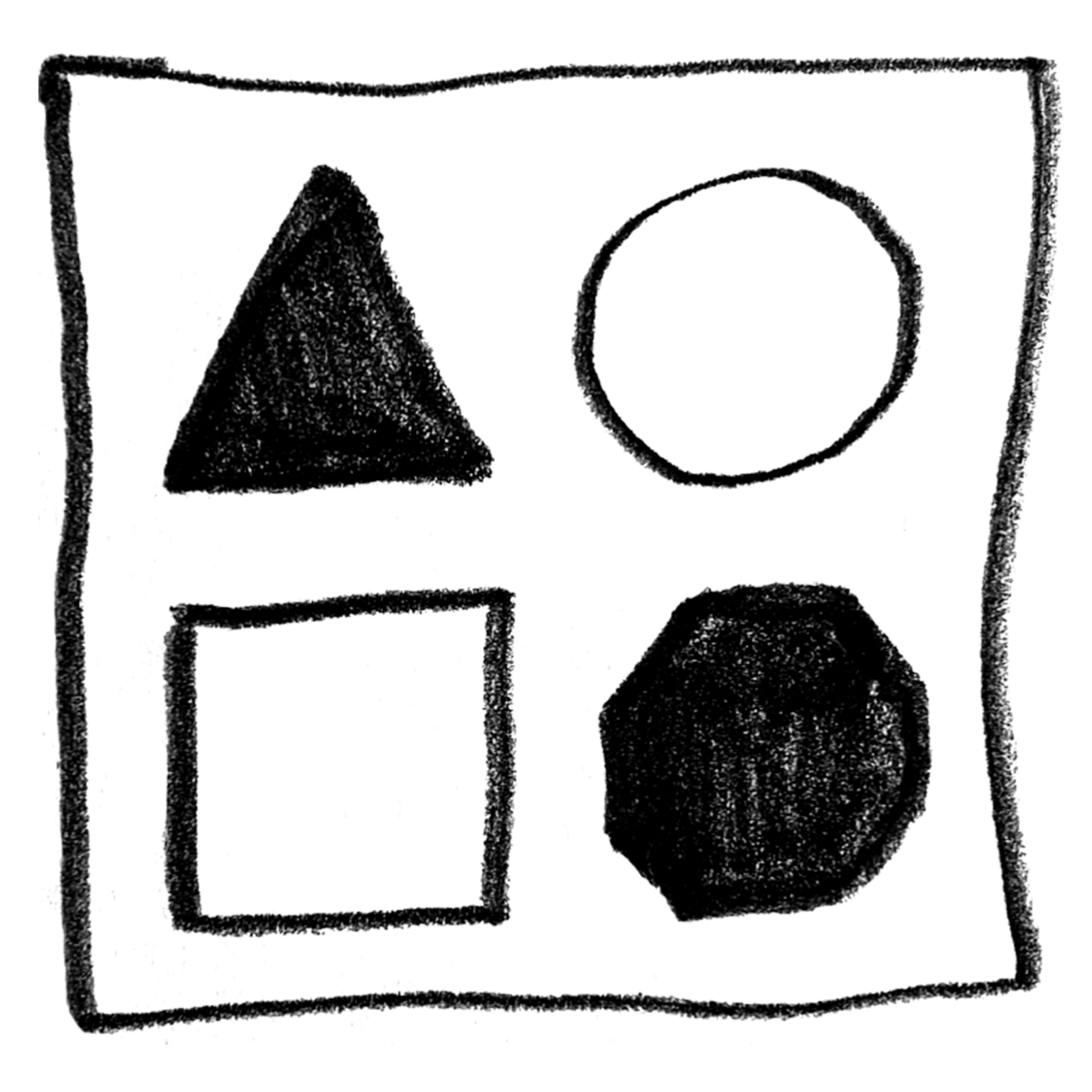
Beginner
Skip the basic exercise.
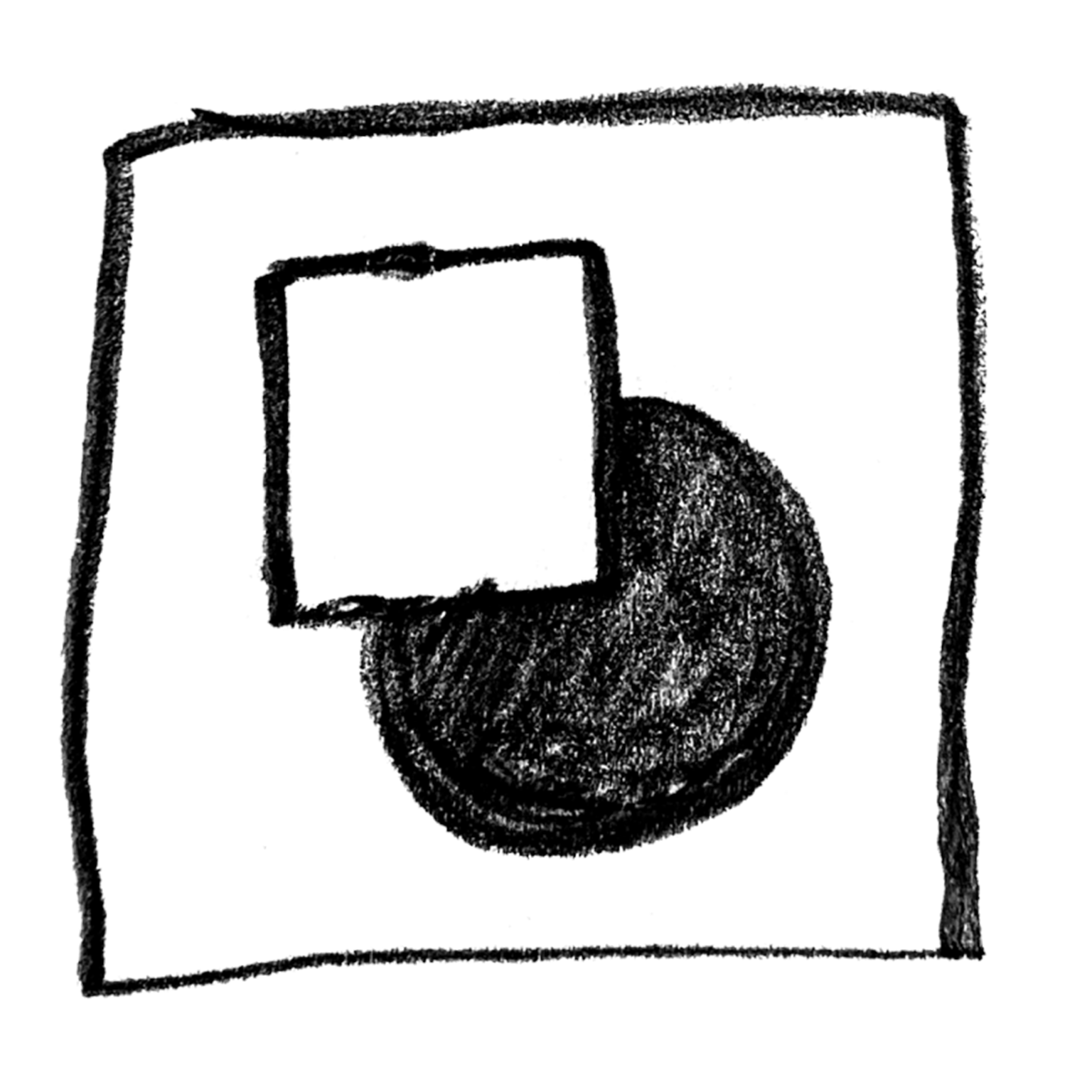
Intermediate
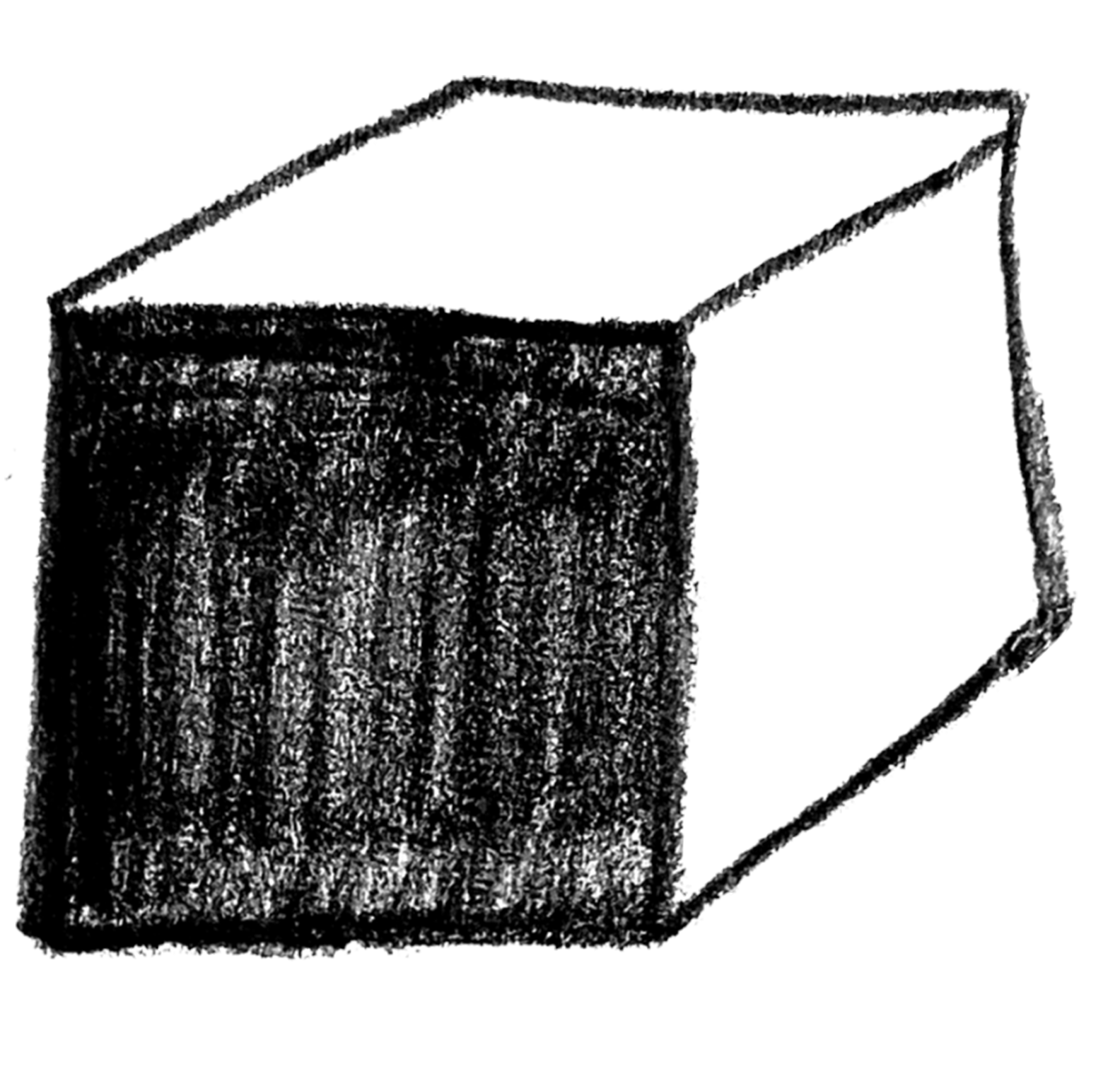
Advanced


